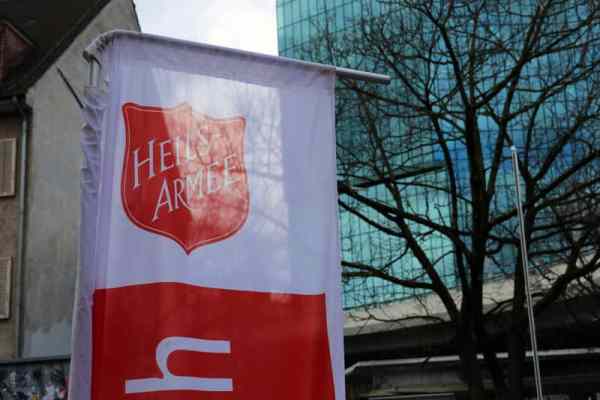In a recent poll, nearly 82% completely (46%) or somewhat (36%) agreed that the gap between rich and poor in Switzerland is increasing. However, these responses are at odds with typical measures of inequality. © Nora Tarvus | Dreamstime.comTwo key measures of inequality are the S80/S20 and the Gini Coefficient. On both measures Switzerland is fairly stable. The S80/S20 takes the average income of the top 20% and divides it by the average income of the bottom 20%. In Switzerland in 2021 (latest data) the S80/S20 was 4.9, below the EU average of 5.0. In Europe the figure ranges from 3.2 in Slovenia to 8.8 in Turkey. Time series data shows Switzerland’s S80/S20 fluctuating around 4 since 2000, reaching a high point of 5.3 in 2019. Another measure of income inequality is the Gini
Topics:
Investec considers the following as important: Editor's Choice, Human interest, Inequality Switzerland, Personal finance
This could be interesting, too:
Investec writes Swiss inflation falls further in January
Investec writes Catching ski pass cheats – reactions, fines and worse
Investec writes Swiss income taxes at highest level since 2008
Investec writes The rapidly fading economics of solar panels in Switzerland
In a recent poll, nearly 82% completely (46%) or somewhat (36%) agreed that the gap between rich and poor in Switzerland is increasing. However, these responses are at odds with typical measures of inequality.

Two key measures of inequality are the S80/S20 and the Gini Coefficient. On both measures Switzerland is fairly stable.
The S80/S20 takes the average income of the top 20% and divides it by the average income of the bottom 20%. In Switzerland in 2021 (latest data) the S80/S20 was 4.9, below the EU average of 5.0. In Europe the figure ranges from 3.2 in Slovenia to 8.8 in Turkey. Time series data shows Switzerland’s S80/S20 fluctuating around 4 since 2000, reaching a high point of 5.3 in 2019.
Another measure of income inequality is the Gini Coefficent or Lorenz Curve. This starts with the lowest income and stacks incomes on top in size/height order, adding a bar for every cumulative income stack until the highest income has been added to a bar that includes all incomes. If all incomes were equal there would be a straight line of equal upward steps to the top. The Gini Coefficient is the area between this straight stepped line and the actual curve. Zero equates perfect equality and 100 (100% of area) means one person is getting all the income.
In 2021, the Gini Coefficient was 31 in Switzerland. Between 2006 and 2018 it fluctuated between 36 and 33, so 31 is at the lower end historically. In addition, Switzerland has a relatively low Gini Coefficient when compared globally. For example, the figure is close to 40 in the US and runs as high as 63 in South Africa. Switzerland is not far behind typically more egalitarian nations such as Sweden (29) – see World Bank data here.
So why is recent poll data on perceived inequality at odds with these measures?
It is difficult to say. It might be because we are in an era of rising prices. As the costs of healthcare, rent and mortgages all increase, people are feeling the pinch. But instead of recognising that everyone, top, middle and bottom is being dragged down by these cost increases, they ascribe them selectively to themselves.
More on this:
RTS article (in French) – Take a 5 minute French test now
For more stories like this on Switzerland follow us on Facebook and Twitter.
